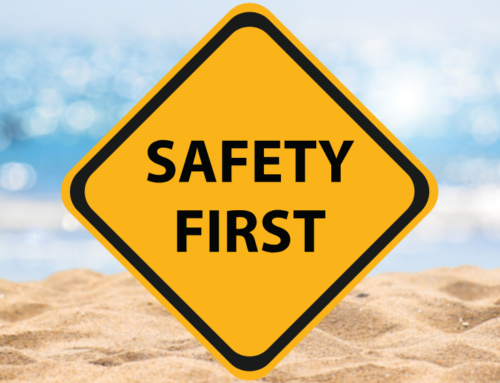Even though winter in Atlanta may not often get snowy, winter weather can still lead to dangerous road conditions. Atlanta is no stranger to ice and, according to the Federal Highway Administration, icy pavement alone leads to over 150,000 crashes nationally with nearly 42,000 injuries and over 500 deaths over a 10-year average. Thankfully, the attorneys at Rafi Law Firm have a proven track record of winning cases for injured parties and their families.
How can you stay safe?
Besides staying off the roads completely during dangerous snow and ice conditions, there are several steps that can be taken to reduce risk on the roads during the winter.
Keep up with regular car maintenance
Sure, you should get regular oil changes, but that’s not all you need to do to keep safe in the winter. It is crucial to keep up with the rest of your car’s wellbeing. This includes battery inspections, tire checks, and keeping your gas tank filled to a sufficient level. You should also replace your wiper blades if they are leaving streaks or missing spots. Most places that change your oil are able to inspect these and other mechanisms in your car, you just may need to ask.
Have an emergency kit
No one plans for a winter weather emergency, but you can take steps to prepare should it happen to you. A few key items can keep you safe and warm while you wait for help to arrive.
- A flashlight — with extra batteries
- Water bottles and snacks such as granola bars or dried fruit
- An ice scraper for your windshield
- Jumper cables
- A first aid kit
- Charging cables for your phone
- A basic toolkit
- A large and warm blanket
- Cat litter, sand, or road salt to help with tire traction
What should you do in a winter emergency?
If you find yourself stopped or stalled on the side of the road in the winter, there are some safety guidelines that you should follow. First and foremost, call for help. Once the proper authorities have been alerted, the NHTSA recommends that you stay with your car — if the road conditions were dangerous enough that you had to stop, that means that the roads are not safe to walk on. Also, turn on your hazards to increase visibility to others. Now would be the time to take inventory of your emergency kit and utilize what is necessary.
What exactly is black ice?
Part of being winter-weather-aware involves looking out for black ice. Black ice is a thin, transparent layer of ice that is dangerous due to low visibility. Black ice is most commonly found during the night or in the early morning, before the sun has time to warm the roads enough to melt it. It can still occur anywhere at any time of day, but it is most often found in shaded areas. Georgia roads are particularly prone to black ice during the winter due to a combination of warm temperatures during the day melting the snow and ice and cold temperatures at night freezing what just melted.
Another area where you should practice caution is on bridges and overpasses. Those “bridge ices before road” signs are true. Due to cold aircirculating both above and below bridges, the surface temperature of the road is much colder, allowing ice to form in warmer temperatures than the rest of the road.
How to drive on black ice
No matter how careful you are, it is still possible to find yourself surprised by black ice on the roads. The USDA recommends that your first step should always be to remain calm. They generally advise that you do as little as possible and to instead just let your car glide over the ice. You should avoid hitting the brakes and try to keep your steering wheel as straight as you can. Should you feel the back end of your car sliding to either side, gently turn the wheel in that same direction to avoid skidding or spinning out. You can slow down by de-accelerating, but do not touch the brakes.






